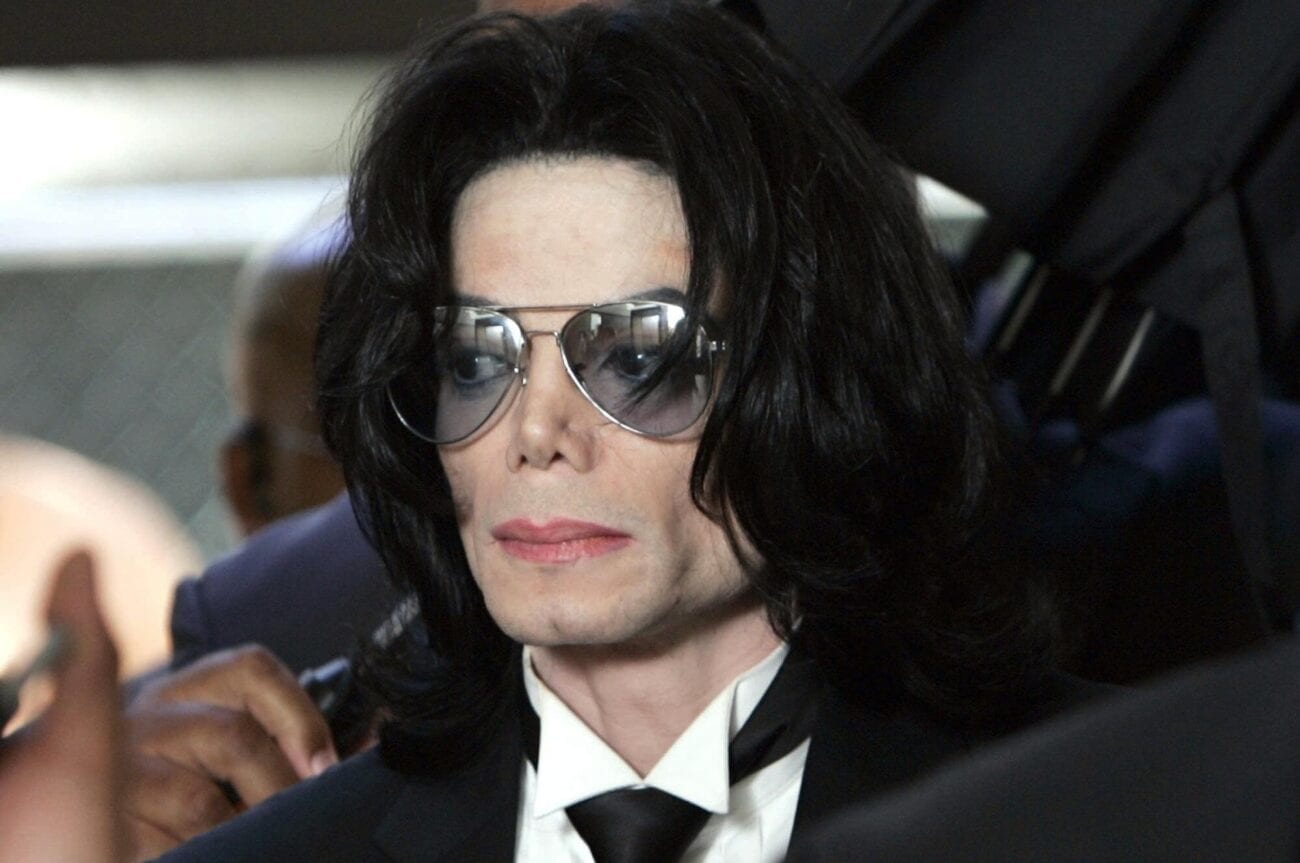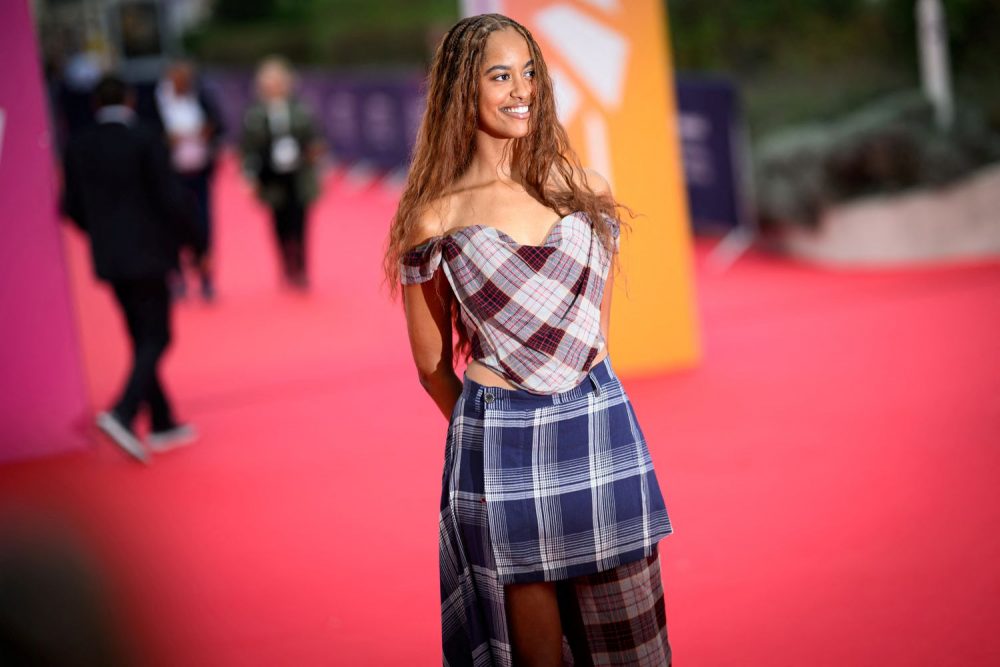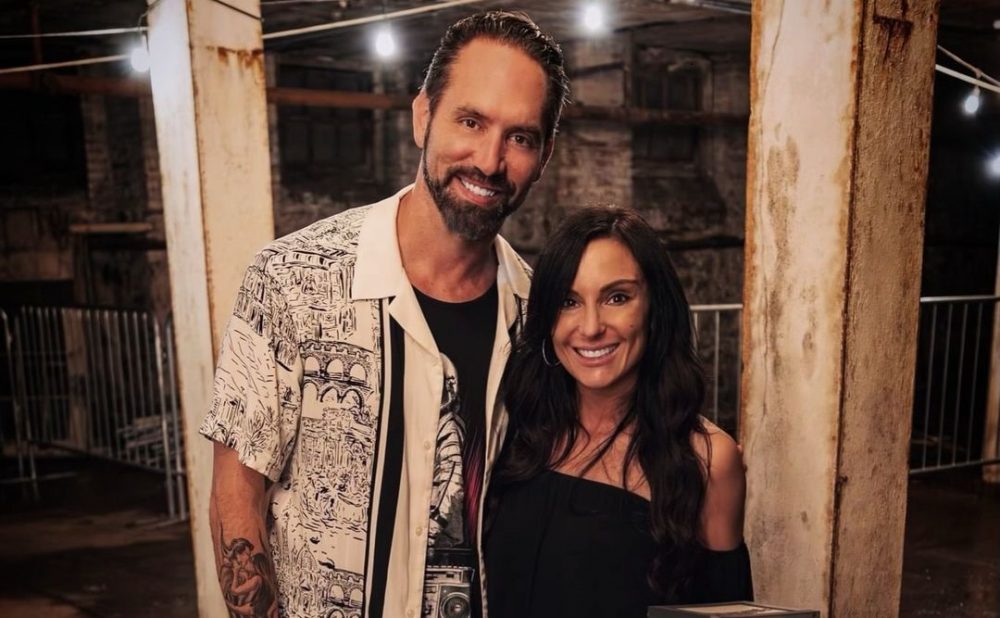As we venture into a new year, the fashion industry is set to embark on a journey marked by significant transformative trends. These trends are not just reshaping the industry’s landscape but are also setting the tone for a new fashion epoch.
The coming year heralds a renaissance period for the fashion industry, driven by the integration of generative AI (Gen AI). However, the buzz around AI in fashion is not just hype–it is a revolution in the making. While an impressive 73% of fashion leaders recognize Gen AI as a future priority, a mere 5% are confident in their ability to harness its full potential.
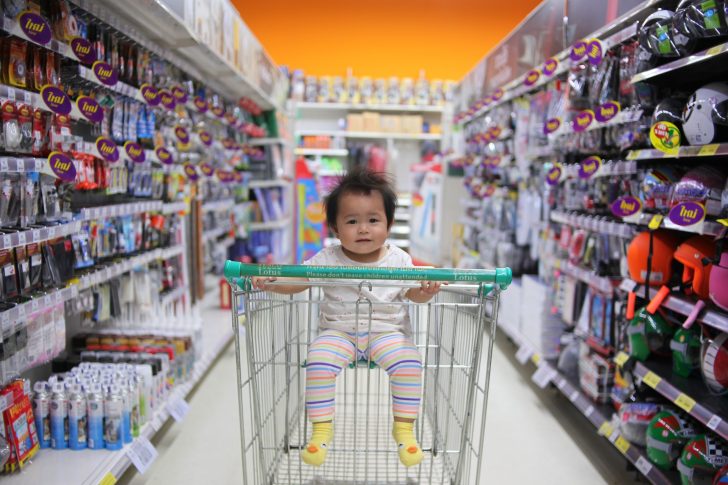
Jake / Unsplash / Augmented Reality (AR) and Artificial intelligence (AI) will be the new normal next year.
So, this disparity suggests a vast, unexplored territory where AI can complement and enhance human creativity. Picture AI-driven tools offering new design inspirations, fabric simulations, or even virtual fashion shows. The key lies in embracing AI not as a replacement but as a creative partner that can unlock new possibilities in fashion design and production.
Fast Fashion Will Evolve
Next year, the fast-fashion sector is expected to undergo a significant evolution. The keys to triumph in this fast-paced industry will be swift adaptation to evolving consumer preferences and adept navigation through the emerging landscape of sustainability regulations.
Thus, this means that fast fashion brands must be nimble, swiftly adapting to the latest trends while also being mindful of their environmental footprint. This scenario may lead to a rise in eco-friendly materials, streamlined production processes, and more transparent supply chains, setting new standards in the industry.
Go-Green Will Be the New Normal
Sustainability will be the cornerstone of fashion next year, with an astonishing 87% of industry leaders expecting it to influence their business operations heavily. This trend signifies a paradigm shift towards eco-consciousness in the industry.
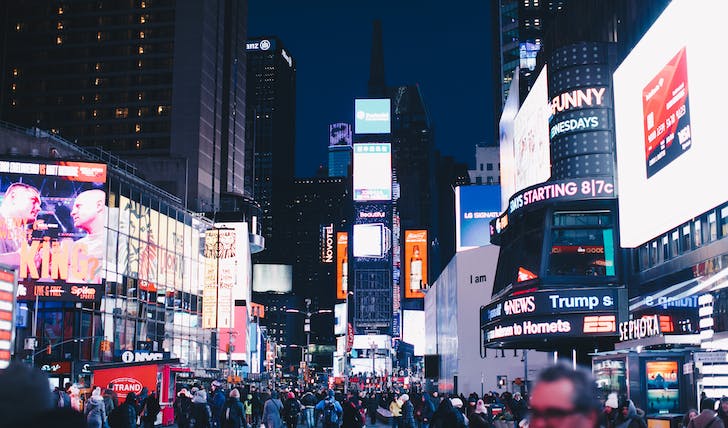
Jimmy / Pexels / Fashion brands know the importance of sustainability. This will be no different in the coming year.
However, fashion houses will need to reinvent their strategies to align with environmental regulations. This shift could see a rise in sustainable fabrics, eco-friendly manufacturing processes, and initiatives aimed at extending the lifecycle of fashion products. Ultimately, this will lead to a greener fashion future.
The Ascendance of Branding
Branding in the fashion world is poised for ascendance in the coming year. A striking 71% of fashion executives plan to amplify their investment in brand marketing, signifying the growing importance of brand identity in a competitive market.
The focus will shift to building powerful brand narratives, connecting with customers on a deeper level, and differentiating through unique brand experiences. In a market saturated with choices, the brands that can forge a genuine connection with their audience will likely capture the spotlight.
Reinventing the Supply Chain
Supply chain management is set to become a central focus in the fashion industry, especially as companies anticipate demand volatility over the next five years. The solution lies in cultivating strategic partnerships with suppliers.

Andrea / Pexels / The relationship between fashion brands and manufacturers will be more streamlined than ever before.
Strengthening these relationships will be crucial for maintaining a stable supply chain. This may involve collaborative forecasting, joint ventures, or shared responsibility models, ensuring a resilient and responsive supply network in an uncertain market.
Thus, these developments promise a future that is not only more technologically advanced and responsive to consumer needs. But also more environmentally conscious and sustainable. So, as we step into this new era, one thing is certain: The fashion industry will continue to be a dynamic and exciting realm, continually pushing the boundaries of creativity and innovation.



